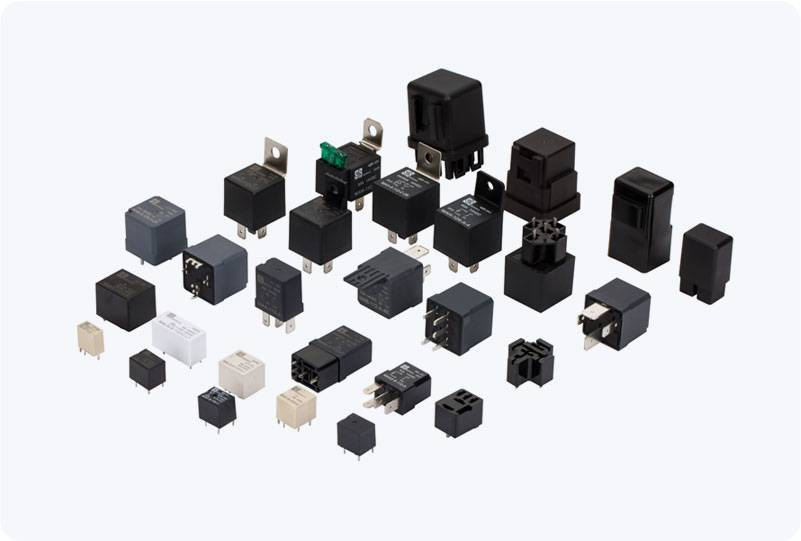In modern electrical power systems, safety and reliability are paramount, especially when dealing with high-voltage (HV) equipment. One of the critical components in maintaining the integrity of high-voltage systems is the HV Insulation Fault Relay. This protection device plays a vital role in detecting insulation faults, which are often the root cause of serious failures in electrical networks. By monitoring the insulation condition of electrical equipment, the HV Insulation Fault Relay helps prevent system outages, equipment damage, and ensures the safety of both personnel and the equipment.

The Role of HV Insulation Fault Relay The HV Insulation Fault Relay is designed to monitor the insulation resistance between high-voltage conductors and the ground. Insulation degradation is a common issue in high-voltage systems due to factors such as aging, environmental conditions, or electrical stress. If the insulation fails or deteriorates, it could lead to short circuits, electrical arcing, or even catastrophic equipment failure. When an insulation fault occurs, the relay is triggered to detect the fault in real-time and take appropriate action. It constantly measures the insulation resistance and alerts operators when the resistance falls below a preset threshold value, indicating a potential fault. This action helps prevent further damage and the risk of larger-scale failures that could disrupt power delivery to the grid or local systems.